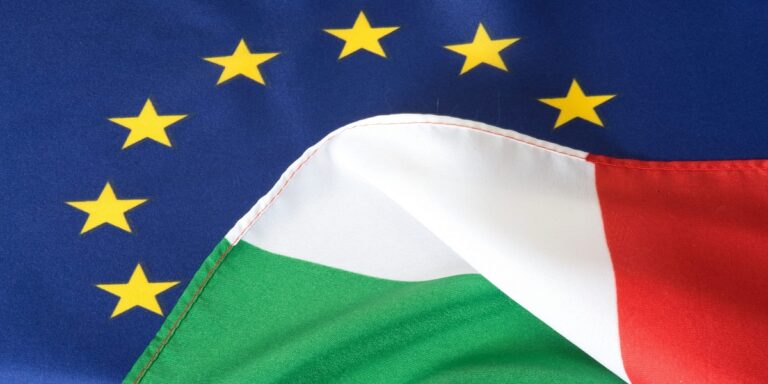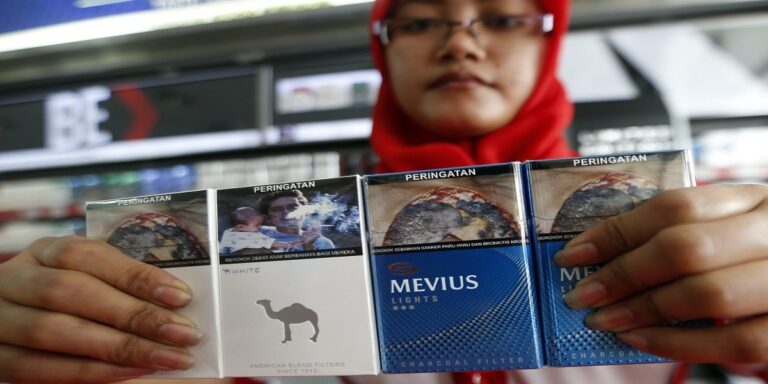The e-cigarette market in Indonesia is set for significant growth despite facing tax challenges. The Indonesian Personal Vaporizer Association (APVI) has projected a 6% growth in e-cigarette sales this year, driven by the Ministry of Finance’s ambitious excise tax target of 20 trillion Indonesian rupiah. With a steady increase in the number of e-cigarette consumers, the industry is optimistic about achieving its revenue goals.
Market Overview
Current Market Size
Indonesia’s e-cigarette market has been experiencing steady growth, with the number of consumers reaching 6 million. This expansion is reflected in the sales growth, which is currently between 5% to 6%. The industry’s revenue has seen a significant increase, reaching 17.5 trillion rupiah last year, up from 10 trillion rupiah in 2022.
Growth Projections
The APVI has set a higher growth target for this year, aiming to exceed the 20 trillion rupiah excise tax target set by the Ministry of Finance. This optimistic outlook is fueled by last year’s strong performance and the steady rise in consumer numbers.
Tax Challenges
Excise Tax Impact
The e-cigarette industry in Indonesia faces substantial tax challenges. The recent 10% increase in the tobacco excise tax (CHT) presents a significant hurdle. While the sales volume continues to grow, the growth rate is constrained by the higher tax burden.
Historical Tax Increases
The industry has been hit by a series of tax increases. Effective from January 1, 2024, the latest tax hike marks the third significant blow to the industry. Previously, the sector faced a 15% tariff increase and rising retail prices, which also led to an increased value-added tax (VAT) burden.
APVI’s Perspective
Chairman’s Statement
APVI Chairman Budiyanto has expressed optimism despite the challenges. He stated, “Currently, sales growth is about 5%-6%. But this year, our goal is higher because our tariff target must exceed 20 trillion rupiah.”
Secretary-General’s Concerns
APVI Secretary-General Garindra Kartasasmita highlighted the challenges posed by the tax increases. He noted that the emerging industry is already burdened by significant tariff hikes and rising retail prices. These factors contribute to a higher VAT burden, making it difficult for the industry to achieve higher growth rates.
Strategies for Overcoming Challenges
Market Expansion
To overcome the tax challenges, the e-cigarette industry in Indonesia is focusing on expanding its market reach. By increasing the number of consumers and promoting the benefits of e-cigarettes, the industry aims to boost sales and revenue.
Product Innovation
Innovation in product offerings is another strategy to attract more consumers. By introducing new flavors, advanced technologies, and improved designs, e-cigarette companies can enhance their appeal and maintain consumer interest.
Advocacy and Engagement
The APVI is actively engaging with government authorities to advocate for more favorable tax policies. By highlighting the potential economic benefits of the e-cigarette industry, the association hopes to influence future tax regulations and reduce the burden on the sector.
Future Outlook
Revenue Goals
Despite the tax challenges, the Indonesian e-cigarette industry is poised to achieve its revenue goals. With a targeted growth rate of over 6%, the industry aims to generate significant revenue, contributing to the government’s excise tax target of 20 trillion rupiah.
Consumer Trends
The increasing number of e-cigarette consumers indicates a positive trend for the industry. As more people switch to e-cigarettes, the market is expected to continue growing, driven by consumer demand for alternative smoking options.
FAQ
What is the current growth rate of the Indonesian e-cigarette market?
The current growth rate of the Indonesian e-cigarette market is about 5% to 6%.
What is the excise tax target set by the Ministry of Finance for the e-cigarette sector?
The Ministry of Finance has set an excise tax target of 20 trillion Indonesian rupiah for the e-cigarette sector.
How has the e-cigarette market revenue changed over the years?
The e-cigarette market revenue in Indonesia reached 17.5 trillion rupiah last year, up from 10 trillion rupiah in 2022.
What are the main challenges faced by the e-cigarette industry in Indonesia?
The main challenges faced by the e-cigarette industry in Indonesia include a 10% increase in excise tax, previous 15% tariff increases, rising retail prices, and a higher VAT burden.
What strategies is the industry using to overcome these challenges?
The industry is focusing on market expansion, product innovation, and advocacy and engagement with government authorities to overcome tax challenges.
What is the future outlook for the Indonesian e-cigarette market?
The future outlook for the Indonesian e-cigarette market is positive, with expected growth driven by increasing consumer numbers and targeted revenue goals despite tax challenges.


















